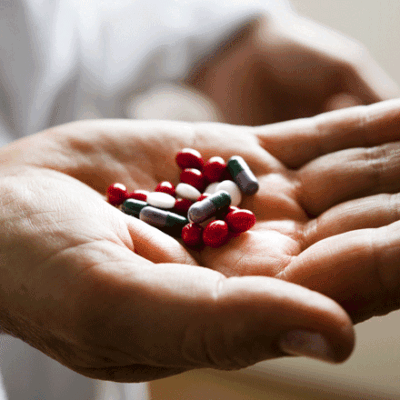Documentation
IND and NDA applications in US
IND and NDA applications in US
In the United States, the Food and Drug Administration (FDA) uses two primary application types for the approval of new drugs: the Investigational New Drug (IND) application and the New Drug Application (NDA). Let’s explore each application type in more detail:
- Investigational New Drug (IND) Application:
- Purpose: The IND application is submitted to the FDA before conducting clinical trials on an investigational drug in humans.
- Content: The IND application contains comprehensive data on the drug’s preclinical testing, manufacturing information, proposed clinical trial protocols, and the qualifications of the investigators involved.
- Review Process: The FDA reviews the IND application to assess the drug’s safety and efficacy, the suitability of the proposed clinical trials, and the protection of human subjects participating in the studies.
- IND Phases: The IND application goes through three phases: Phase 1 (safety and dosing studies in a small number of healthy volunteers), Phase 2 (efficacy and side effects in a larger group of patients), and Phase 3 (larger-scale studies to further evaluate safety and efficacy).
- IND Activation: If the FDA determines that the proposed clinical trials are acceptable, it grants IND activation, allowing the sponsor to proceed with conducting the studies.
- New Drug Application (NDA):
- Purpose: The NDA is submitted to the FDA after the completion of clinical trials to request approval for marketing a new drug in the United States.
- Content: The NDA contains comprehensive data on the drug’s clinical trial results, information on its manufacturing, labeling, proposed use, and any relevant safety and efficacy data.
- Review Process: The FDA reviews the NDA to evaluate the drug’s safety and effectiveness based on the submitted data. The review process involves assessing the drug’s benefits, risks, labeling information, and proposed use.
- FDA Approval: If the FDA determines that the drug’s benefits outweigh its risks and that it meets the necessary standards for safety and efficacy, it approves the NDA. The approval allows the drug to be marketed and sold in the United States.
- Post-Marketing Surveillance: After NDA approval, the FDA continues to monitor the drug’s safety and effectiveness through post-marketing surveillance and may take regulatory actions if any safety concerns arise.
It’s important to note that both the IND and NDA applications involve a complex and rigorous review process conducted by the FDA. The process aims to ensure that drugs marketed in the United States are safe, effective, and of high quality, thereby protecting the public health.
You may be interested in the programs below:

